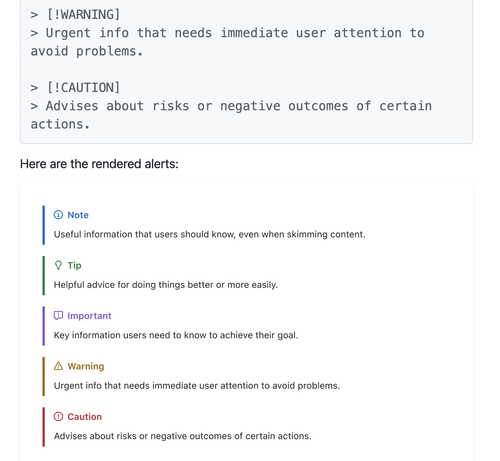"Over the past few months, I’ve been talking with folks about how they find information and learn about a product. ChatGPT and Claude and Gemini (or at least Google’s “AI overview”) are consistently mentioned as one of the main methods people use. Even if the output isn’t that reliable, visiting an AI tool is still a key part of the information-finding flow.
AI tools are used for all sorts of information-finding flows:
- Answering basic questions about how to accomplish a task.
- Decipher the potential root cause of an error message and provide next steps for resolution.
- Provide solutions to intricate application design questions.
- Suggest syntax for code, a formula, or a SQL statement.
You need an AI strategy for your documentation to enable customers using AI to be more successful when using your product to accomplish their goals.
The components of an effective AI strategy include the following:
- Develop: Partner with teams building AI into your product.
- Discover: Evaluate and improve your content and content strategy.
- Measure: Measure how people use AI to interact with your documentation.
- Adapt: Explore use cases for AI in your documentation practice."
https://thisisimportant.net/posts/ai-strategy-for-documentation/
#AI #GenerativeAI #Chatbots #AIAgents #TechnicalWriting #TechnicalCommunication #SoftwareDocumentation #ContentStrategy


